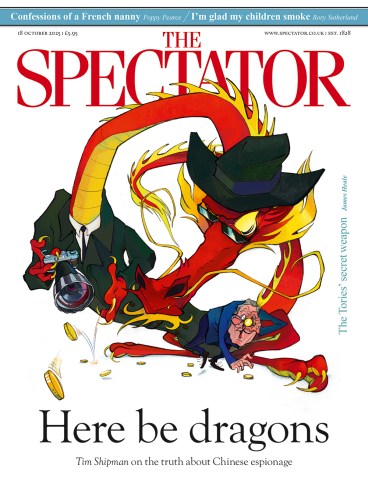
I wonder how many people appreciate what a remarkably capable army we had for the first three decades of this book’s range – and how incapable that army has become. Forward defence in Germany during the Cold War (56,000 troops); keeping the peace in Northern Ireland; bringing Rhodesia/Zimbabwe back into the fold; liberating the hostages at the Iranian embassy in London; retaking the Falkland Islands; ejecting the Iraqis from Kuwait; bringing order to the Balkans; halting the civil war in Sierra Leone – the ‘rise’ part of Ben Barry’s book is indeed inspiring.
Since the Royal Artillery has given all its guns to Ukraine, it’s hard to see how even one division could survive
‘The army’s story is one of innovation in peace and adaptation on operations, both successful and unsuccessful,’ writes Barry from his perspective of long practice and study – numerous tours of duty in Northern Ireland, battalion and multinational brigade command in Bosnia, director of the army staff in the Ministry of Defence and for 15 years the land warfare fellow at the International Institute for Strategic Studies. If there’s a better-qualified analyst, I don’t know of him.
So when, why and how came the fall, and how far? It began with the ‘peace dividend’ taken by John Major’s government after the collapse of the Soviet Union, followed by the sell-off of equity by Tony Blair’s. But it didn’t begin to show until the ‘war on terror’ in Iraq and Afghanistan. As one American general put it, the British wrote cheques they couldn’t cash.
Formulating strategy is an iterative process in which the government, the MoD and the army operate in a sort of orbital planetary motion in which eclipses, even partial, must be avoided. A good example was Northern Ireland, writes Barry:
Between 1970 and 1977, an inadequate strategy made the situation worse, making the army’s job more difficult. But thereafter, ends, ways and means were in balance and conditioned by governmental and army strategic patience.
These factors were also broadly in balance in the interventions in Bosnia, Kosovo, Sierra Leone and initially in Afghanistan and Iraq: ‘But afterwards, the stabilisation of Iraq and Afghanistan saw increasing misalignment between ends, ways and means. The result was strategic failure.’ The principal responsibility, Barry argues, lay with the political leadership, or rather the lack of it – which is perhaps what you’d expect from a former soldier. But, he adds, the army was also ‘guilty of over-optimism, over-promising and under-delivering, as well as moving too slowly to make necessary adaptations’.
The lack of coherent strategy – translated into lack of numbers and hardware – was paid for in blood (some 400 killed in Afghanistan). Fortunately, courage on the ground was never lacking – the steady, day-in, day-out routine in the face of mounting casualties, as well as the spur-of-the-moment heroism to which the medal count attests: in Afghanistan, three Victoria Crosses, four George Crosses, 40 Conspicuous Gallantry Crosses, 211 Military Crosses and many hundreds of commendations for bravery.
However, writes Barry, when governments fail to understand the army, ‘accumulated headwinds and frictions can reach a threshold where the army’s senior leadership can go into a defensive crouch, seeking to minimise damage’. And so, in June 2011, when Lord Levene of Portsoken, a former chief of defence procurement, presented his review into the management of defence, advocating the decentralisation of budgets and authority for military capability from a much smaller ministry to the three services, at the price of rustication of the service chiefs and their staff to Portsmouth, Andover and High Wycombe respectively, it was accepted pretty meekly. The problem was that if the army was out of sight in Andover, it might soon be out of mind in Whitehall, where its pot of gold was to be filled.
In the 50 years that Barry chronicles in impressive detail, army manpower fell from 167,000 to 72,500 – with the proportion of those capable of actual combat considerably smaller than in 1975. ‘I’m not interested in numbers, but effects,’ said one national security adviser a few years ago, failing to recognise that the effect needed sometimes is mass. Or, as General Mark Milley, former chairman of the US joint chiefs of staff, puts it: ‘Numbers matter because people count.’ In essence, the navy and the RAF man equipment, while the army still equips the man. Barry concludes that the army ‘might be able to generate a single division of about 30,000 troops for a one-off intervention. But it would struggle to sustain other operations, both concurrently or subsequently’. As the Royal Artillery has practically no guns, having given them all to Ukraine, it is difficult to see how even this one-off division could survive on the battlefield.
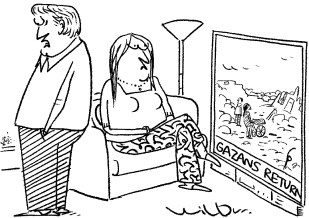
Is there any good news? Well, apart from a leadership determined to increase the lethality of the few troops it can deploy, ‘the army still has many strengths. It has many competent self-motivated soldiers and officers… It still has good individual training, from basic recruit training, through NCO and officer courses’.
Even so, collective training has suffered these past ten years, not least with the -closure of the army’s armoured manoeuvre centre on the plains of Alberta:
The US, Nato and the UK’s other key allies are all well aware of these weaknesses, not least from reporting by their attachés in London, as are Russia and China… The MoD often states that, for Nato operations, these weaknesses can be ameliorated by allied military contributions. But many Nato capability weaknesses, such as long-range indirect fire, air defence and munition and spare part stockpiles, are such that they cannot be used to compensate… another example of an MoD statement that not only flies against the evidence but is not credible to those in the army.
The conclusion is inevitable, that ‘deploying British army units and formations to fight carries increased risk of avoidable casualties and mission failure’.
Despite the encouraging language and imaginative vision of the 2025 Strategic Defence Review, warns Barry, the army is ‘poised at a tipping point between decline or restoration of capability… Its future rests on a knife edge’.

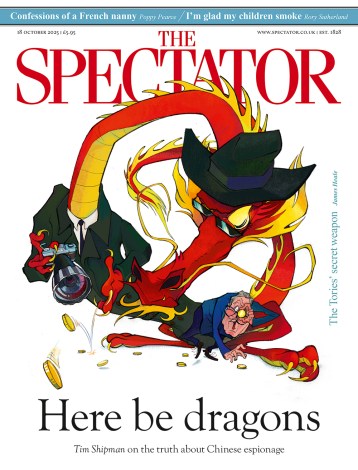
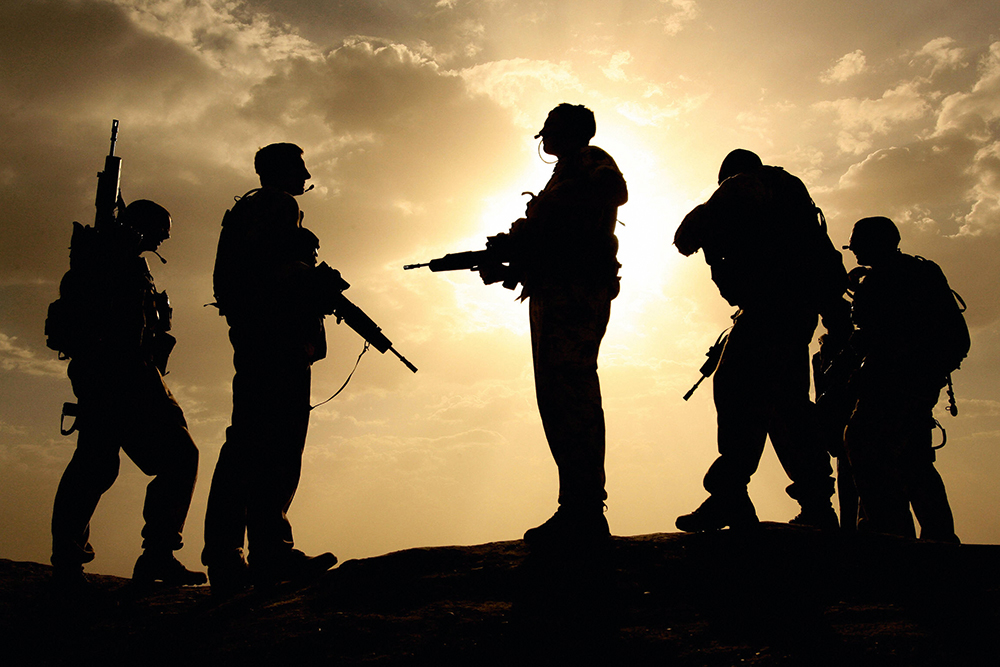
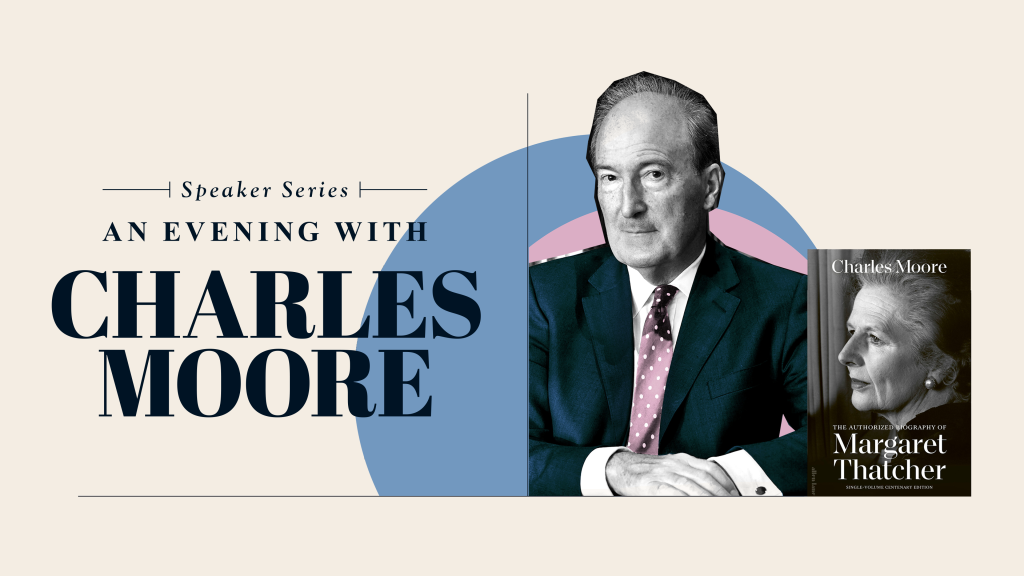




Comments